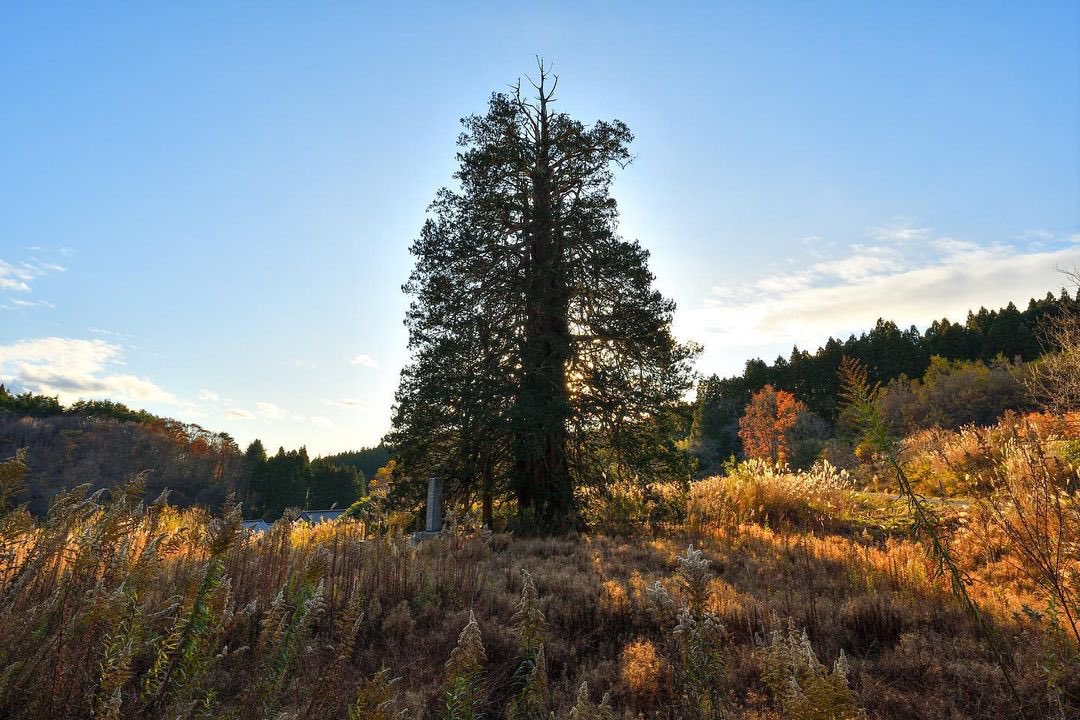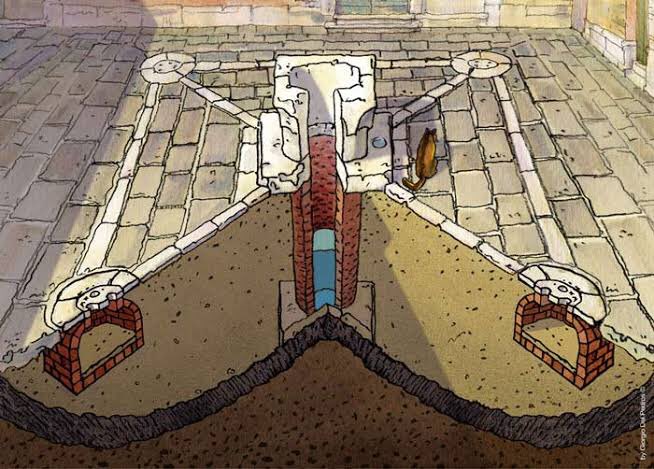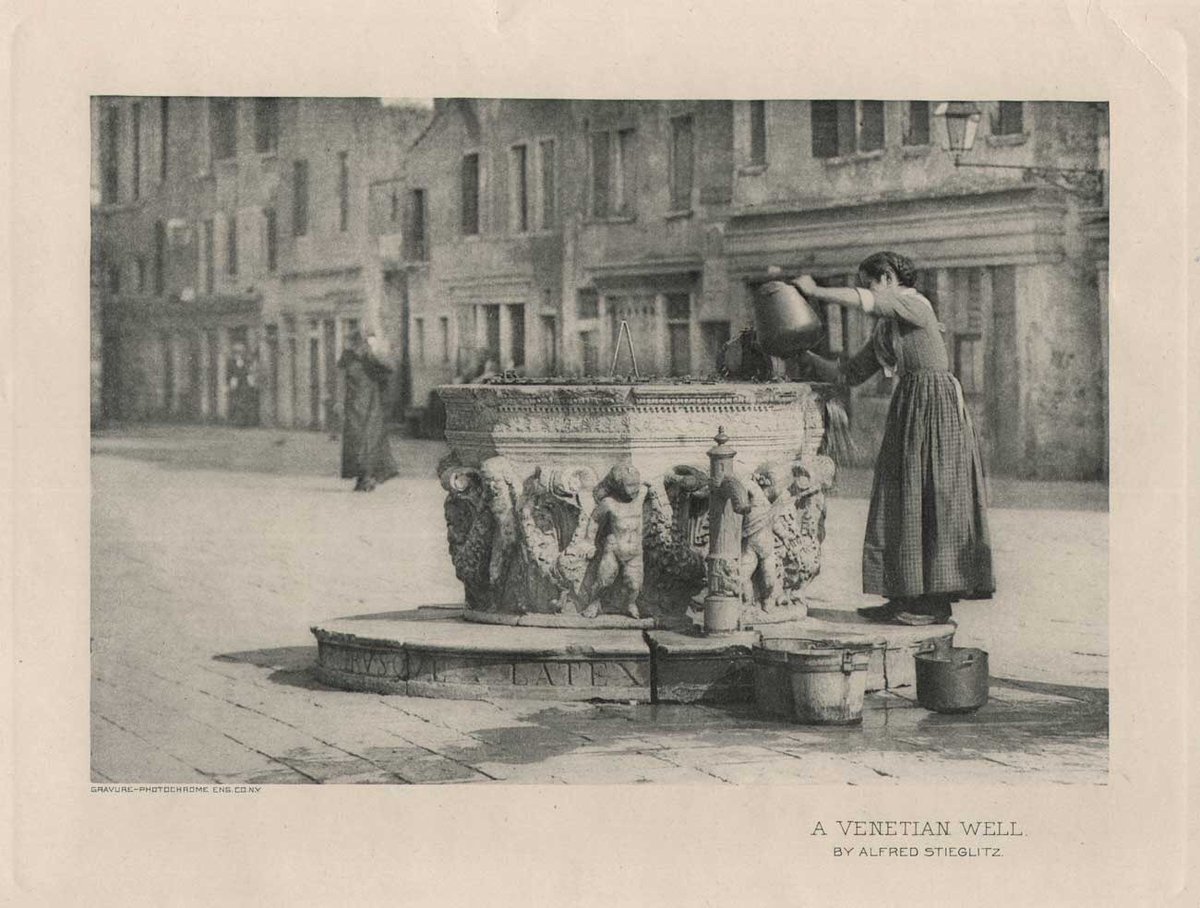
Windows are so much more than just the large sheets of glass that the modernists and architects today try to sell you. They can in themselves provide a combination of light, view, privacy, security, space, shade, and passive ventilation, heating, cooling, wind catchment, etc. --> 



Maybe the most multifunctional of windows are the Mashrabiya, common in islamic, mediterranean and middle eastern architecture. Primarily they act as wind catchers, leading winds that would otherwise just go past the flat wall, into the building: natural ventilation and cooling. 







The Mashrabiya even made it to the New World via the Moorish architecture of Iberia, here is the The Archbishop's Palace of Lima, Peru, built in 1924 by the Polish-Peruvian architect Ricardo de Jaxa Malachowski (1887-1972). 







The name Mashrabiya being a bit difficult for Westerners, is sometimes referred to as “Harem Windows” (or “Oriel Windows” due to its similar function and look as the common European oriel). Oriel windows are supported by brackets or corbels or something similar. 







Mashrabiya have a distinctively near- and middle east look, very evocative. Here are two fake ones in Tokyo Disneysea’s Arabian Coast section. They look fantastic in real life, even in a theme park. 

They also serve a public function: they offer shade in narrow streets, protects the walls against rain. They help increase air circulation through the difference in temperature between the shaded streets and the open courtyards behind. 

Jali is a patterned perforated screen usually carved in wood or stone. Its primary function is to let air pass through while preserving privacy & blocking harsh sunlight. The many small openings speed up wind passing through, more effectively ventilating & cooling the interior. 







Jali is a typical feature in indian and islamic architecture and art. Here is the famous tree of life Jali in Sidi Saiyyed mosque in Ahmedabad, built in 1573. 

• • •
Missing some Tweet in this thread? You can try to
force a refresh



























